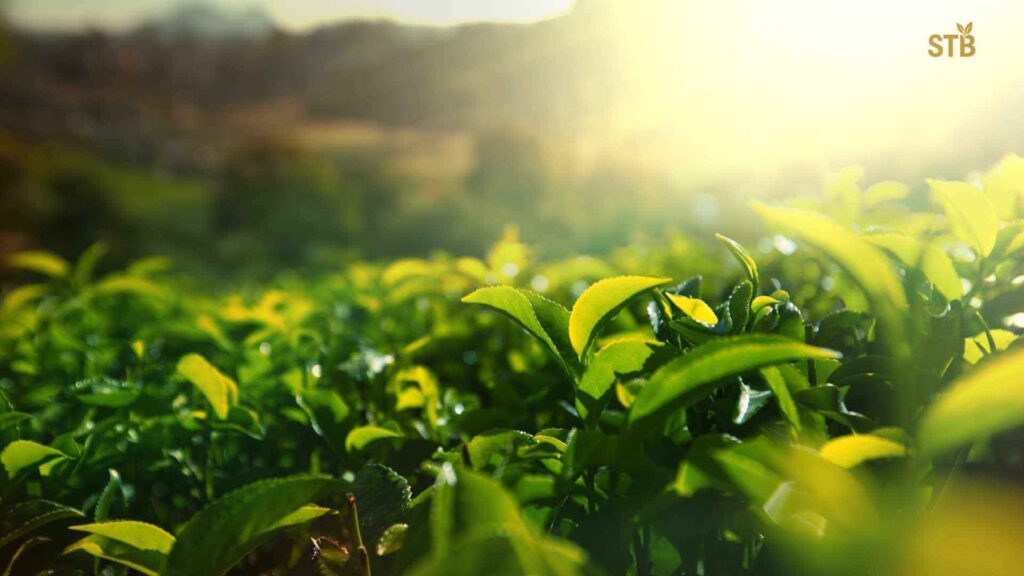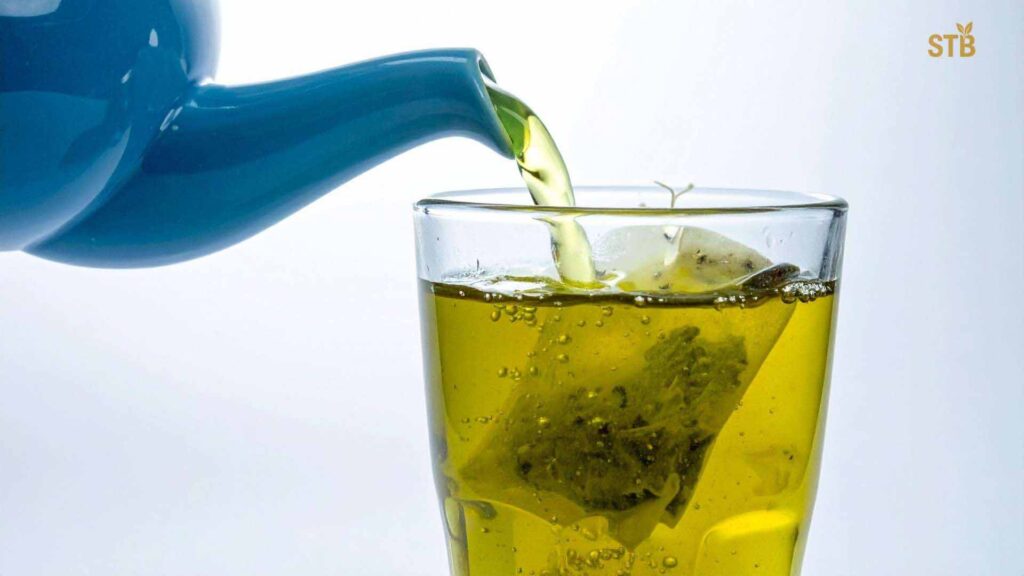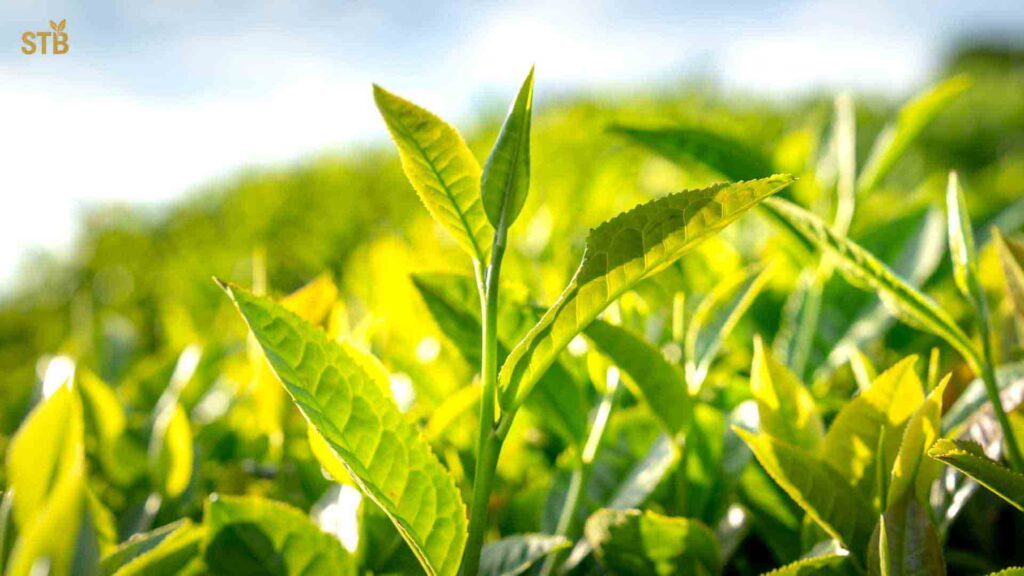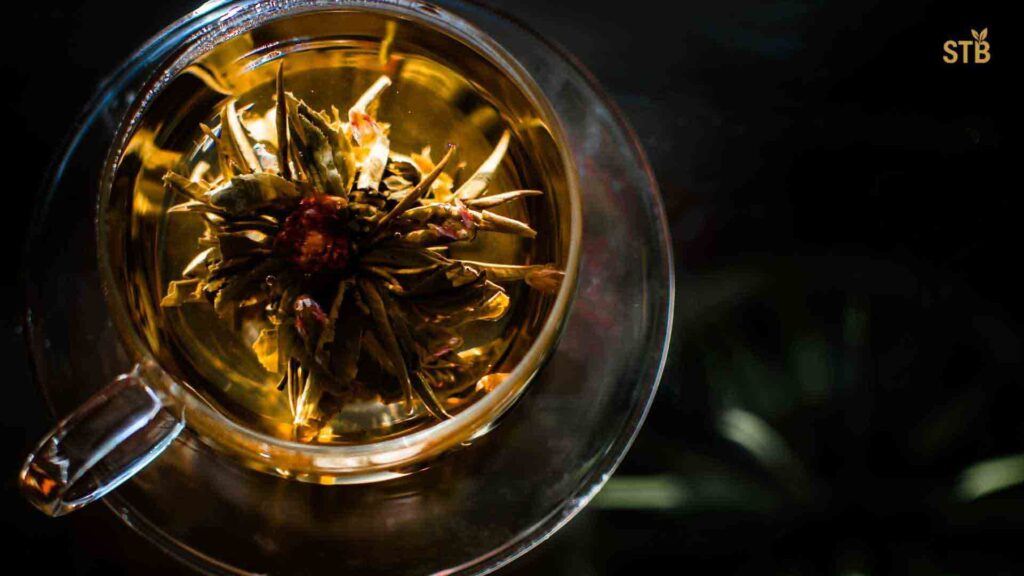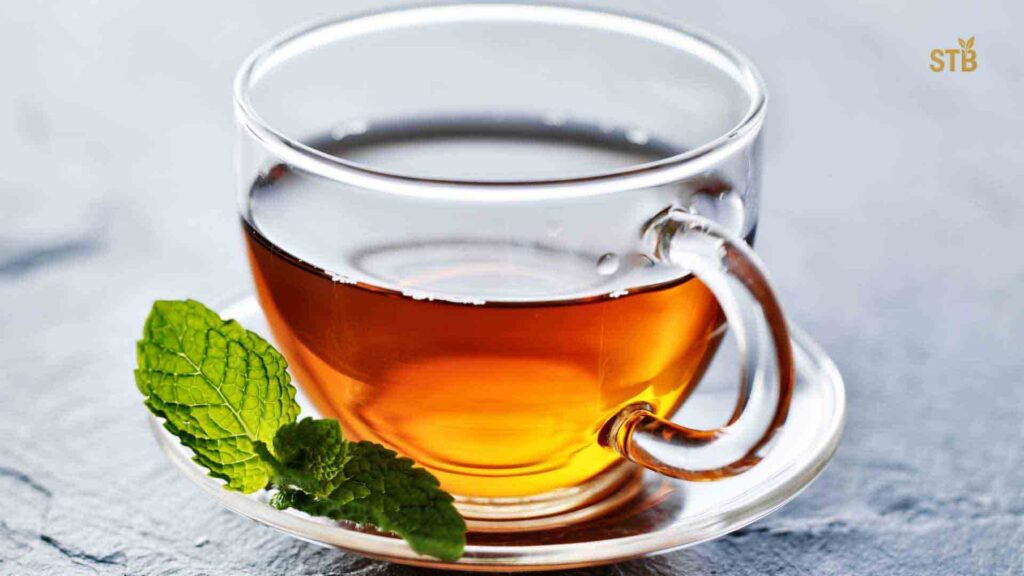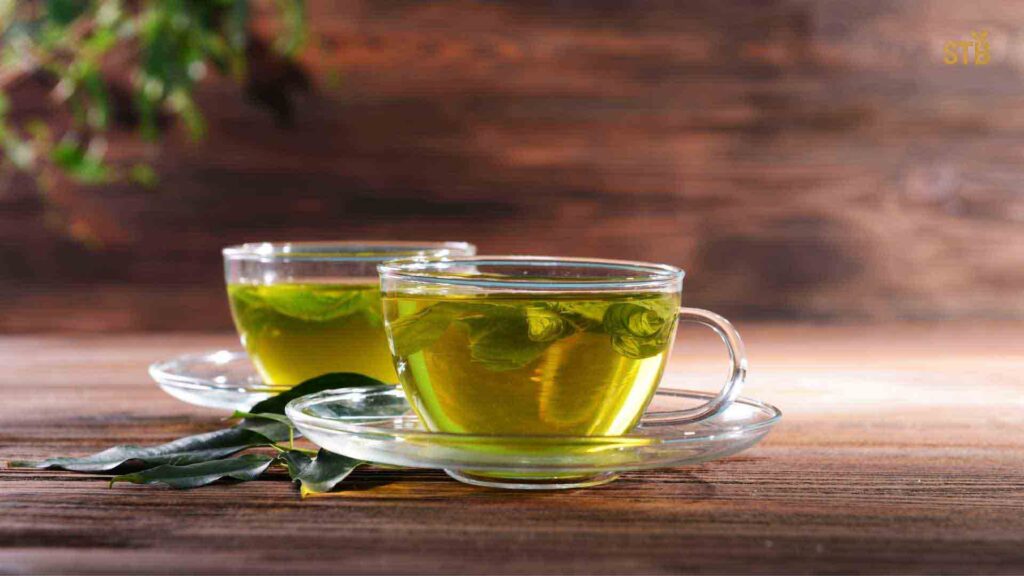The Renaissance of Bangladeshi Tea Exports.
Why Bangladesh is the Next Sourcing Frontier?
Bangladesh’s tea industry is undergoing a significant transformation, signaling a shift from a primarily domestic supplier to an emerging high-potential global exporter. This period is often characterized as the “New Golden Age” of Bangladeshi tea, defined less by sheer bulk volume and more by a crucial strategic pivot toward premium production, value addition, and systemic modernization.
This resurgence is fundamentally supported by a recent landmark achievement: in 2023, the country achieved its highest recorded tea production in its 170-year history, yielding 102.92 million kilograms (10.20 crore kg).
The strategic importance of this high output is underscored by recent export performance. For the first half of the fiscal year 2023-2024 (July to December), tea exports reached $1.67 million, significantly surpassing the $1.21 million target and demonstrating a remarkable year-on-year growth rate of 54.63%.
This success confirms that Bangladeshi tea is finding acceptance and demand in high-value international channels. The sustained growth is not merely incidental; it reflects structural improvements and a determined effort by the Bangladesh Tea Board (BTB) and industry stakeholders to enhance production capacity and quality standards, positioning Bangladesh as an increasingly vital player in the highly competitive global sourcing landscape.
History and Evolution of Tea in Bangladesh
The legacy of tea cultivation in Bangladesh is deeply intertwined with the region’s colonial history, dating back to British rule. The origins of the tea trade trace back to 1840 when the East India Company initiated cultivation in the hills of the Sylhet region and introduced it experimentally to Greater Chittagong. While the experimental Chittagong garden, known as Kunder’s Garden, soon became extinct, commercial production formally commenced at Malnicherra in Sylhet in 1857, which remains recognized as the country’s first commercial tea garden, established in 1854.
The industry initially saw dominance by large British companies, notably James Finlay and Duncan Brothers. However, by the early twentieth century, local entrepreneurs, including notable pioneers like Syed Abdul Majid and Nawab Ali Amjad Khan, began founding their own companies. Following the partition of India in 1947, the structure evolved further, paving the way for the dominance of prominent local players. Today, the sector includes 166 commercial tea estates, some ranking among the world’s largest working plantations.
Key local players now include Ispahani Mirzapore Tea (the domestic market leader with a 50% market share in branded tea), Kazi and Kazi, Abul Khair Group, and Transcom Group. The industry remains a crucial socio-economic pillar, currently employing over 100,000 people directly and providing livelihoods for approximately 4 million people indirectly through trading, brokerage, and ancillary services.
The shift in control and strategic capital from historical foreign owners to powerful local conglomerates suggests that local companies now possess greater strategic flexibility and direct influence over governmental strategy and regulatory bodies, enabling faster adaptation to export mandates and quality requirements.

Geographical Advantage: The Terroir of the Tea Valleys
Bangladesh’s unique geographical location and climate provide a favorable terroir for producing high-quality tea. The primary tea growing areas traditionally lie east of the Ganga-Jumma flood plain, nestled in the hill areas bordering the Cachar region of India.
Traditional Regions
The industry is concentrated in the northern and eastern districts. Historically, tea cultivation occurred in two main regions: the Surma Valley (Greater Sylhet) and the Halda Valley (Chittagong). Today, the Greater Sylhet region is subdivided into six major valleys, with the Moulvibazar District hosting the highest concentration of tea plantations.
The altitude for tea growth here ranges modestly between 80 to 300 feet above sea level. These regions benefit from a combination of highlands, a temperate climate, high humidity, and heavy rainfall, all of which are conducive to producing robust and flavorful teas.
New Frontiers: The Northern Expansion
A strategic imperative for increasing national tea output has led to successful expansion into new cultivation areas, particularly the flatlands of Northern Bangladesh. Since 2002, tea cultivation has been successfully introduced in districts such as Panchagarh, Lalmonirhat, Thakurgaon, Dinajpur, and Bandarban in the Chittagong Hill Tracts. This geographical diversification is structurally vital. In 2023, Northern Bangladesh demonstrated its significance by contributing 17.95 million kilograms, representing a substantial 17% of the total national production.
This deliberate expansion provides inherent portfolio risk mitigation; should traditional hilly areas face increasing climate stress (such as prolonged drought or extreme heat), the plains offer crucial alternative growing conditions. The recent surge in national production, therefore, is structurally supported by this new geographical base, ensuring greater stability and continuous output necessary to sustain and increase export volumes.
Economic Dynamics and Market Strategy
Statistical Overview of Production Growth and Export Reality
Bangladesh has demonstrated sustained, long-term growth in tea production. The country is recognized as the world’s 9th largest tea producer. Since its independence, production has seen continuous increases; output rose threefold from 31.37 million kg in 1980 to 97.08 million kg in 2019. This growth culminated in the record production of 102.92 million kg in 2023. The 166 tea estates currently cover over 56,846 hectares (140,478 acres) of land.
Despite this impressive capacity, the country remains a relatively minor player in the global export arena, ranked 66th largest exporter in 2023. The priority for the industry has, for many years, been national self-sufficiency, meaning that only surplus production is allocated for international trade. This domestic focus has historically constrained Bangladesh’s international market share.
The Consumption Challenge: Exportable Surplus Under Pressure
The main economic constraint on export expansion is the rapid and sustained growth of domestic consumption. Tea is deeply embedded in Bangladeshi culture as a low-cost, social beverage. Consumption has been rising steadily at an average compound annual growth rate (CAGR) of 5%, driven by urbanization, population expansion, and evolving consumer tastes.
This surging domestic demand has created a profound challenge to maintaining a stable exportable surplus. Data highlights this near-parity crisis: in 2021, consumption accounted for 95.48% of the total production (96.51 million kg), and in 2022, this share rose to 98.21% of the 93.829 million kg produced, leaving a minimal surplus of only 1.95 million kg in that year. Per capita annual tea consumption is estimated at 0.55 to 0.58 kilograms and is projected to grow by 8.53% annually (CAGR 2022-2025).
Forecasting models indicate a stark potential outcome: long-term projections (2019–2028) suggest that if current trends continue, domestic consumption (forecasted at 131.71 million kg by 2028) will significantly outpace production (forecasted at 94.88 million kg by 2028), effectively forcing Bangladesh into a net importer status.
Since available agricultural land is limited, the only viable long-term solution to generate a sustainable export surplus is a massive increase in yield per hectare, aiming to raise average output from 1500 kg/ha to 2500 kg/ha. To address this challenge proactively, the government has set an ambitious target to increase national tea production to 140 million kg by 2025.
Production and Consumption Trends: The Exportable Surplus Challenge
| Year (FY) | Total Production (Million Kg) | Domestic Consumption (Million Kg) | Consumption Share (%) | Exportable Surplus/Deficit |
| FY 2019 | 90.68 | 79.74 | ~88.0% | ~10.94M kg surplus (0.64M kg exported) |
| FY 2021 | 96.51 | 92.15 | 95.48% | 4.36M kg surplus |
| FY 2022 | 93.829 | 92.00 | 98.21% | 1.83M kg surplus |
| FY 2023 (Record Year) | 102.92 | ~95.00 (Est.) | ~92.3% | Growing surplus due to record production |
| Projection (2028) | 94.88 (Forecast) | 131.71 (Forecast) | >100% | Net Importer Forecast |
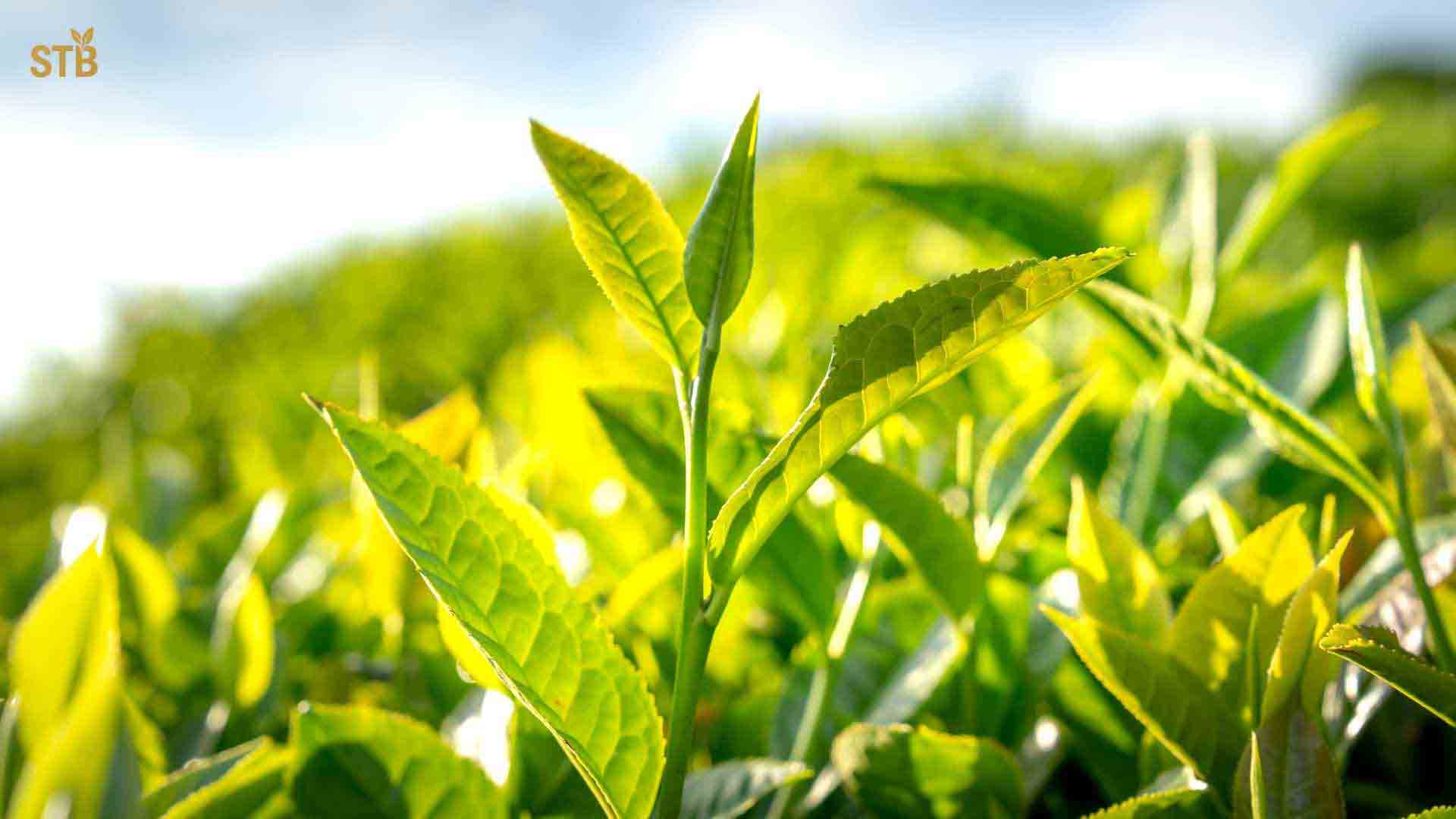
The CTC vs. Orthodox Balance: Shifting Focus for Global Markets
Bangladesh’s production profile is currently dominated by Crush, Tear, Curl (CTC) tea. This mechanical processing method is known for producing a consistent quality of small, hard granules rapidly. CTC tea is characterized by a bold, strong, malty, and astringent flavor, making it the preferred base for tea with milk and sugar, such as traditional Masala Chai, and is widely used in tea bags. This generic, cost-effective output meets the high local demand for bulk beverage consumption.
However, the global market, particularly in developed economies, places a high premium on Orthodox tea. Orthodox processing uses traditional methods involving plucking, withering, rolling, oxidation, and drying. This time-consuming, specialized method focuses on preserving the integrity and virtues of the tea leaf, resulting in subtle, complex, delicate, and layered flavor profiles. Orthodox black tea, along with green, oolong, and white teas, commands a significantly higher price tag and is highly prized in premium global markets, notably Europe and the USA.
The analysis of export growth confirms that success is determined not by maximizing the physical tonnage of exported tea, but by increasing the unit value. Therefore, the definitive path to sustainable, high-revenue export growth for Bangladesh lies in shifting a greater percentage of total production toward high-value, differentiated products, particularly Orthodox and other specialty teas. This strategic shift justifies greater investment in specialized processing and quality differentiation required to compete internationally.
Mapping the Global Export Landscape: Targets and Trajectories
Current Export Performance and Fiscal Growth
While Bangladesh remains a relatively small player globally (ranked 66th in 2023) , recent fiscal performance indicates a promising trajectory. In the calendar year 2023, the total value of tea exports stood at $2.44 million. The positive momentum accelerated significantly in the first half of FY 2023-24, where exports valued $1.67 million, showing a 54.63% increase over the same period in the previous year.
This resurgence, driven by conscious strategic efforts, signals that Bangladeshi tea is carving out stable channels in specific international markets.
Primary International Markets: UAE, USA, and Pakistan
Bangladeshi tea exports are highly concentrated, focusing on key markets that offer regional or premium value opportunities.
- United Arab Emirates (UAE): The UAE stands as the top destination market, receiving $1.24 million worth of Bangladeshi tea in 2023. This market showed consistent growth between 2022 and 2023 (+12.1%). The UAE is already a major trading partner, reflecting strong regional commercial ties and a significant expatriate Bangladeshi population.
- United States (USA): The US market is considered critical for high-value specialization. In 2023, the US imported $794k worth of tea from Bangladesh. Crucially, market forecasting models identify the USA as the market with the Highest Export Growth Potential for Bangladeshi tea, projecting an additional potential growth of +$777k. This confirms that the demand for specialty, high-quality, and traceable tea is growing, even if annual numbers show volatility. This potential validates prioritizing investments in certifications and premium product lines tailored for the sophisticated American consumer.
- Pakistan: Historically a major buyer of Bangladeshi tea , Pakistan imported $160k in 2023. It is ranked second in projected export growth potential (+$367k). Efforts are ongoing to normalize and expand bilateral trade, potentially through a Preferential Trade Agreement (PTA), as Pakistan represents a large, geographically and culturally proximal market.
- Emerging Markets: Kuwait ($72.1k in 2023) and Saudi Arabia ($28.7k in 2023) are also important, with Kuwait exhibiting exceptional growth rates (237%) in some recent analyses, suggesting successful targeted market penetration in the Middle East region.
Key International Export Markets (2023 & Growth Potential)
| Destination Market | 2023 Export Value (USD) | 2022-2023 Value Growth | Projected Export Growth Potential |
| United Arab Emirates (UAE) | $1.24 Million | +$134k (+12.1%) | High (+$266k) |
| United States (USA) | $794k | -$307k (-27.9%) | Highest Potential (+$777k) |
| Pakistan | $160k | N/A | High (+$367k) |
| Kuwait | $72.1k | N/A | N/A |
Diversification and Value-Added Tea Products
Achieving sustainable high-value growth mandates aggressive product diversification beyond bulk CTC. The international market increasingly demands specialized variants. Bangladeshi exporters must emphasize the production and marketing of Orthodox black tea, green tea, oolong tea, white tea, and unique value-added products, such as Satkora, Mint, Rose, and Masala blends.
A crucial, yet often underutilized, opportunity lies in marketing regional quality differentiation. Scientific analysis confirms that the terroir across the country’s growing regions imparts distinct chemical and flavor profiles :
- Panchagarh: Teas from this newer northern region exhibit higher caffeine levels, resulting in a bold, energizing brew.
- Chattogram: Teas are notably rich in catechins, valued globally for their antioxidant benefits.
- Sylhet: Teas maintain balanced profiles, often displaying desirable floral and earthy notes.
Exploiting these differences through specific regional branding (e.g., “Sylhet Valley Floral Orthodox”) can successfully capture niche buyer interest and fill the significant national branding void. This strategy is essential, as the country currently lacks a unified, highly recognizable national tea brand identity comparable to other major global producers.

Policy, Quality, and Sustainability: Securing Global Market Access
Government Initiatives and Trade Facilitation
The Role of the Bangladesh Tea Board (BTB) and BTRI
The government plays a crucial role in regulating and promoting the tea sector through statutory bodies. The Bangladesh Tea Board (BTB), established under the Tea Ordinance 1977, is responsible for regulating, controlling, and promoting the entire industry, from cultivation to sale.
Its research wing, the Bangladesh Tea Research Institute (BTRI), conducts comprehensive scientific and technological research to raise productivity and improve tea quality. BTRI has successfully developed 23 high-yielding clones, which are instrumental in the national plan to increase yield per hectare.
Government support extends to financial and infrastructural assistance. The government provides fertilizer to tea gardens and small growers at subsidized rates. Furthermore, policies outlined in export planning include measures for the rehabilitation of ailing tea gardens, the provision of loans, and, critically, steps to provide gas connections to tea gardens to enhance production efficiency and ensure price competitiveness in the global market.
Export Promotion and Fiscal Incentives
To enhance global competitiveness, the government has implemented specific fiscal incentives. Exporters currently benefit from a 4% cash incentive on the export value of tea. However, the industry argues that further financial support is necessary to boost export volumes significantly. The Bangladesh Tea Association (BTA) has formally requested the government to provide an additional 20% subsidy, citing the economic stress caused by continuous price falls, high production costs, and the need to categorize tea as an agro-processing item to unlock larger stimulus packages.
These promotional efforts are framed within the context of Bangladesh’s broader trade policy. The Export Policy 2024-2027 emphasizes an export-led growth strategy, particularly as the nation prepares to graduate from its Least Developed Country (LDC) status in 2026. This graduation will pose a major challenge—the potential loss or limitation of duty-free and quota-free market access under World Trade Organization (WTO) rules. To mitigate this impact, the policy stresses the imperative to produce quality goods at highly competitive prices and to aggressively diversify both products and markets.
Quality Assurance and Certification for Global Trade
For international buyers, assurance of quality and safety is paramount. The Bangladesh Standards and Testing Institution (BSTI) is the national body responsible for monitoring and setting product quality standards, generally following international standards such like those set by the International Standards Organization (ISO). Tea and Coffee fall under the BSTI’s Agricultural and Food Products Sectional Committee (AFSC – 10), which oversees 23 existing standards. Exporters are mandated to obtain the Certification of Mark (CM License) from BSTI, along with the Export Registration Certificate (ERC).
However, the lack of a Geographical Indication (GI) status for Bangladeshi tea represents a major missed opportunity in global branding and pricing. Countries like India successfully use GI status (e.g., Darjeeling Tea) to certify geographic authenticity, unique quality, and production processes, enabling them to capture premium positions and protect their brand against duplication.
While Bangladesh has enacted the GI Act and possesses 19 certified GI products, the general registration process is notably sluggish. To remain competitive post-LDC graduation, the government and industry must prioritize obtaining GI recognition for regional teas (e.g., Sylhet Valley Tea). Establishing GI status and promoting it globally can act as a crucial non-tariff barrier mitigator, allowing Bangladeshi tea to command premium market pricing less sensitive to tariff costs.
Modernization, Climate Resilience, and Ethical Sourcing
Climate Change Impacts and Technological Adaptation
The tea industry, being highly dependent on specific agro-climatic conditions, is severely threatened by global warming. Soaring temperatures, prolonged droughts, and erratic rainfall patterns are already slashing harvests and creating immense stress on tea plants and workers alike. Forecasts suggest significant yield reductions by the end of the century if adaptation measures are not comprehensively implemented.
To safeguard the future of the sector, rapid technological and cultural shifts are essential. Adaptation measures must include replacing ancient, low-productivity tea bushes with high-yielding BTRI clones. More critically, there is no alternative to adopting modern, artificial irrigation systems to counteract unpredictable weather conditions.
This includes large-scale rainwater harvesting and collection within plantations to mitigate drought effects. Government support through investment in R&D and the promotion of climate-smart agriculture is essential to accelerate the transition to climate-resilient farming.
Ethical Tea Sourcing: Labor Welfare and Land Rights
International buyers, especially those in premium Western markets, increasingly require adherence to ethical and sustainable labor practices. The Bangladeshi tea industry faces deep-rooted socio-economic challenges that pose a direct supply chain risk for global partners.
Labor Conditions and Wages
Tea workers endure harsh working conditions and extremely low daily wages, historically earning around $1.22 USD. These low wages and exploitative working conditions precipitated major nationwide strikes in August 2022. For international suppliers, low wages and labor disputes directly translate into supply instability and inconsistency in plucking quality, posing a high risk for importers.
Therefore, integrating certified fair labor practices and transparency in wage structures is a critical business resilience strategy necessary to guarantee stable, high-quality production and secure access to high-value markets.
The Land Rights Crisis
A fundamental element of the ongoing generational poverty in the sector is the lack of land ownership rights. Tea workers are typically descendants of immigrants who live on plantation land leased by the government to the tea garden authorities. Their right to reside on the land is contingent upon their employment in the gardens, locking them into a cycle of economic dependence. Granting land ownership could provide security, dignity, and economic autonomy to workers.
While the government acknowledges the disadvantaged situation and operates the Programme for Livelihood Improvement of Tea-garden Labourers (a special social protection program), there is significant room for improvement in ensuring coverage across all social security schemes, such as old age allowances and maternity benefits.
Progressive exporters must view support for land rights and enhanced social security as necessary investments in ethical sourcing to satisfy the stringent requirements of developed markets.
Strategy for Increased Export Surplus
The overarching goal for the industry is to consistently generate an exportable surplus while simultaneously meeting rising domestic demand. This requires a three-pronged strategy:
- Yield Maximization: The Bangladesh Tea Board is intensifying efforts to utilize existing land optimally through new production techniques and replanting old, low-yield bushes to maximize yield per hectare, thereby stopping import reliance and generating a surplus.
- Product Premiumization: Focusing resources on high-value products (Orthodox and specialty teas) ensures that the smaller exportable volume generates higher revenue, contributing more effectively to the national economy.
- Supply Chain Modernization: Beyond the field, modernization must address logistics, including minimizing impurity, establishing modernized digital auction processes (a trend accelerated globally during the pandemic), and improving marketing efforts for specialized variants to ensure efficiency and speed in global distribution.

Frequently Asked Questions (FAQs)
Q1: What are the main types of tea exported from Bangladesh?
Bangladesh traditionally produces and consumes large volumes of Crush, Tear, Curl (CTC) black tea for its domestic market. However, the growing export segment focuses on high-value, differentiated products. These include premium Orthodox Black Tea, Green Tea, Oolong Tea, White Tea, and a variety of value-added specialty blends unique to the region, such as Satkora and Mint teas.
Q2: Which international markets offer the best growth potential for Bangladeshi tea?
While exports are currently led by regional hubs like the United Arab Emirates (UAE), which imported $1.24 million in 2023, the most significant future opportunity lies in the North American market. The United States (USA) is projected to offer the highest untapped export growth potential (+$777k), signaling strong, increasing demand for specialty and premium Bangladeshi tea varieties. Pakistan also remains a high-potential market for volume growth.
Q3: What quality certifications are required for exporting tea from Bangladesh?
All exporters must comply with the standards set by the Bangladesh Standards and Testing Institution (BSTI). This requires obtaining the mandatory Certification of Mark (CM License) from BSTI, alongside an Export Registration Certificate (ERC). For entry into premium global markets, international buyers increasingly require adherence to Voluntary Sustainability Standards (VSS) such as Rainforest Alliance, Fairtrade, or Organic certification, which ensure ethical and environmentally sound sourcing.
Q4: How does domestic consumption affect Bangladesh’s export capacity?
The rapid growth of domestic tea consumption, increasing at an average of 5% annually, presents the main structural challenge to export capacity. Local consumption nearly matched total production in 2022 (98.21%), creating a minimal exportable surplus. To counter the risk of becoming a net importer, the industry is concentrating efforts on dramatically increasing agricultural yield per hectare and expanding cultivation into new regions like Panchagarh.
Q5: What are the primary logistical and ethical concerns when sourcing from Bangladesh?
Key challenges include climate change impacts, such as drought and high heat, requiring major investments in climate-resilient varieties and modern irrigation systems. Ethically, the industry faces scrutiny over extremely low daily wages and the lack of land rights for tea workers, which can lead to labor instability and supply chain risk. Sourcing partners must prioritize verifiable ethical labor practices and support institutional reforms to ensure a stable, sustainable supply chain.

Partnering for a Sustainable Future
The Bangladeshi tea industry is undeniably positioned at an inflection point. The recent success, highlighted by record production levels and significant export growth in strategic markets, validates the declaration of a “New Golden Age”. However, the longevity of this golden age depends entirely on overcoming several intertwined structural challenges.
The industry must urgently address the domestic consumption paradox through technological modernization, focusing specifically on increasing yield per hectare and replacing low-yielding older bushes. Crucially, the economic viability of the entire export sector is now linked to quality differentiation. With LDC graduation threatening to expose exports to higher tariffs post-2026 , the product must command a premium price.
This demands a definitive pivot toward premium Orthodox and specialty teas, supported by the acquisition of a Geographical Indication (GI) status and adherence to stringent international certifications. Furthermore, the unstable labor conditions and lack of land tenure rights for workers represent both a moral failure and a critical business continuity risk. Ethical labor practices and the stabilization of the workforce are therefore mandatory preconditions for securing long-term, high-value supply relationships with global partners.
Bangladesh offers a distinctive, high-potential tea source, characterized by unique regional flavor profiles and a supportive institutional framework led by the BTB. By prioritizing strategic investment in modernization, ethical sustainability, and product premiumization, Bangladesh is poised to transition from a volume-focused domestic market supplier to a reputable, high-quality player on the international stage.
Strategic partners capable of navigating these complexities and committed to driving ethical, climate-smart sourcing are essential to realizing this enormous potential and securing reliable access to verified, premium Bangladeshi tea for the global market.

